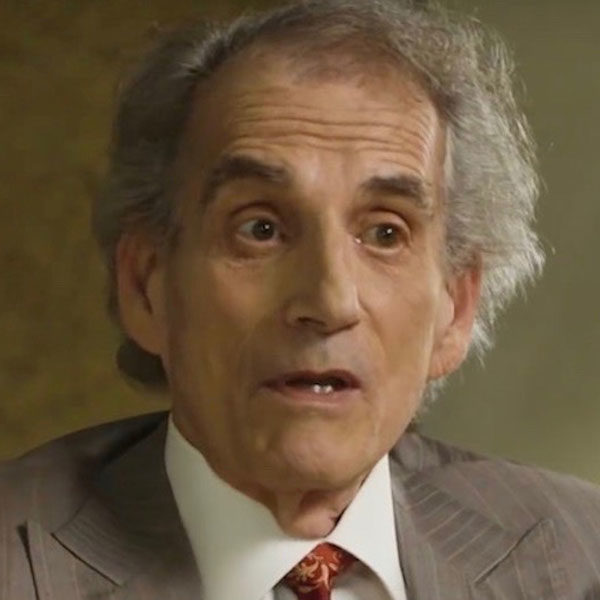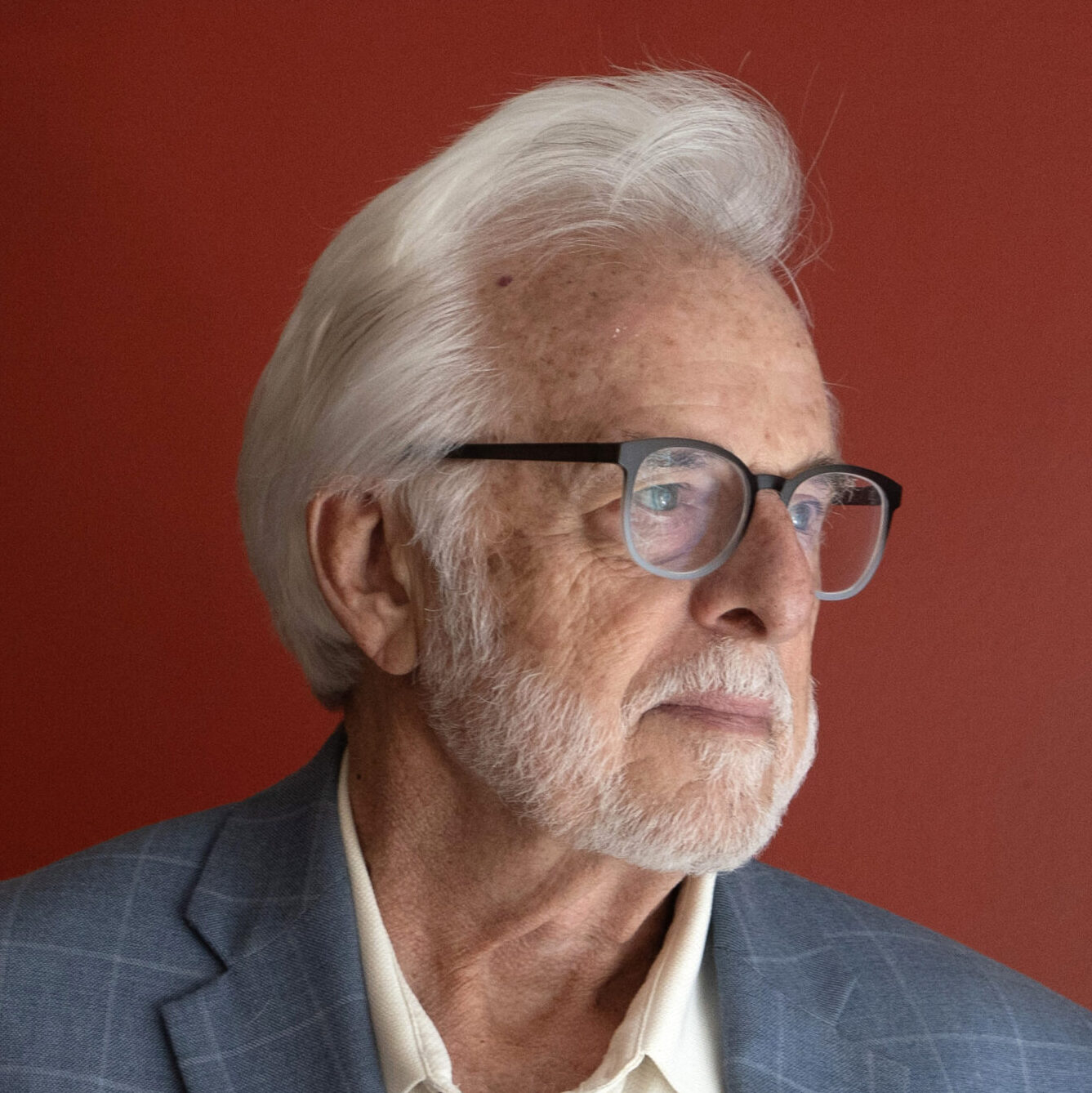The push to grant rights to, well, everything continues apace. Now, a long piece in the progressive publication Current Affairs argues that “Wild Animals Deserve Rights, Too.” Animal-rights activist Michael Burrows writes:
Wild animals deserve our attention and respect, for the same reasons that we should care about any creature: they are sentient, with recognizable social behaviors and emotions, and just like humans their lives have intrinsic value. But wild animals are also unique, simply by virtue of existing outside of the sphere of human stewardship. They live their lives mostly out of our sight, and we have no hands-on role in their breeding or care. Still, our current system of land management treats wild animals as simply another variable in our nation’s supply-and-demand graph, to be kept at optimal levels for our purposes. The truth is, we don’t have that right, and time and time again, our attempts at interference have only caused more damage.
Who Says We Don’t Have That Right?
Ever since humans moved beyond the hunting-and-gathering stage, we have managed the natural world for our benefit. And where would we be as a species if we hadn’t? Living short lives under brutal circumstances, or perhaps extinct.
Like many progressive activists, Burrows is far less concerned with our welfare than that of animals. He even opposes conservation efforts because these involve human control:
Conservation and wildlife management is a waste of time and money for most of the human population, and a parade of horrors for the wild animals living under our control. We tend to describe these animals in terms of species and populations, but scientific investigation has made clear to us that they are individuals with families and communities who experience life through a range of recognizable emotions. Instead of respecting these lives — or even just ignoring them — we marginalize, torture, and exterminate them.
Burrows even suggests that conservation and land management has caused a mass extinction that “threatens all life on earth.”
He is against capitalism and for socialism — as are many (not all) animal-rights activists. So, he proposes a different approach — “just preservation” — that would treat wild animals as the moral and legal equals of humans:
“Just preservation” stands out as the framework most aligned with the egalitarian worldview cultivated by left politics. This model emphasizes respect and dignity for other species and attention to the interrelationships between them, rather than the modes through which humans might profit from them. Just preservation advocates for ethical impartiality between species, such that we do not treat species on the basis of any positive preference or negative prejudice. It proposes a multispecies society with equitable distribution of resources and an acknowledgement of responsibilities to other species, as well as explicit consideration for the future of all species.
A Multispecies Society Is a Ridiculous Notion
The animals would be completely oblivious that they were even part of one. Moreover, isn’t Burrows still advocating human husbandry of the environment, just managed in a more anti-us manner?
“Just preservation” would also necessitate far greater centralized ideological control over human activities — as do all socialist societies, which, we should note, generally have far more polluted environments than do prosperous market economies. (If you doubt that, smell the air in China.)
The principles of just preservation are compatible with socialist thought, and have been strengthened by scientific investigation, moral and philosophical inquiry, and a rational analysis of the failures of traditional conservation. In practice, just preservation would involve explicitly weighing the interests of current human, future human, and non-anthropocentric interests against one another when considering how to “use” nature. People representing these interests would make their case in front of a public trustee (plausibly a reformed version of our currently existing, hunter-dominated state wildlife and natural resource committees), and the trustee would make allocations based upon those resources.
And guess what ideological types would likely become “trustees”: For sure, not people who believe that humans come first.
Burrows concludes:
By stewarding our public lands in the interests of all living upon them and of future generations of humans and non-humans, wild animals will be able to finally live in peace.
Well, Not Exactly
We would be barred from what Burrows calls “violent” activities, such as fishing and hunting. Just preservation would also deleteriously affect agriculture because of its focus on the wild birds, reptiles, rodents, insects, and other animals that are killed and displaced by the activities involved in growing our food. But wild animals would still cause each other tremendous suffering in the tooth-and-claw world of hunter and prey, and the heartlessness of naked nature in which the sick and weak are soon the eaten and the dead would continue unabated.
This is the thing with advocates of nature rights, animal rights, wild animal rights, plant rights, etc. They expect humans to be radically self-sacrificing in the name of the putative “rights” of nonhumans, and even of geological features, while animals and the rest of nature have no reciprocal responsibilities — because that is beyond their ken! In other words, the everything-has-rights radicals admit the truth of human exceptionalism while denying that it exists.









































